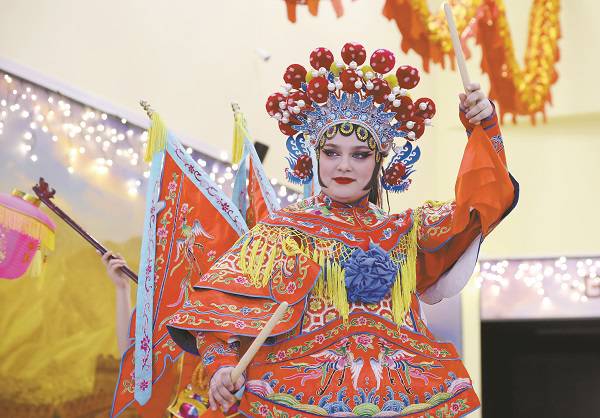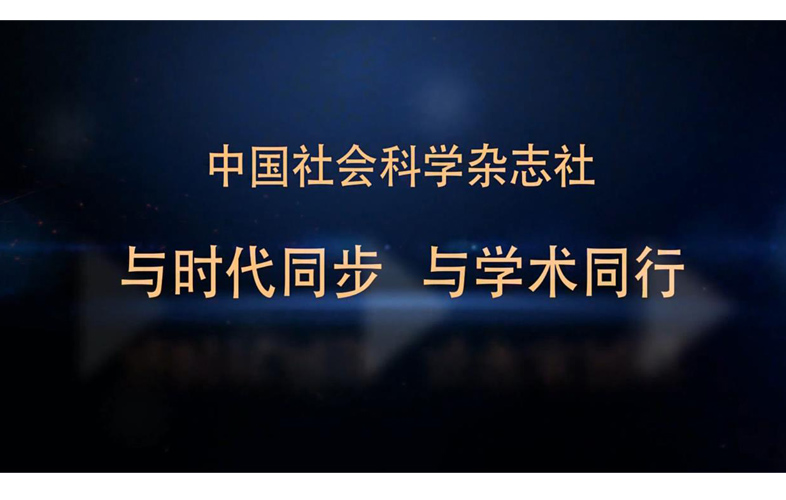Nan Fan
Fujian Academy of Social Sciences
Abstract:The theoretical dichotomy of the elegant (ya) and the popular or common (su) has a long history and many branches, provoking Babel-like confusion of tongues. Both have their own aesthetic origins, and each is interpreted in relation to sociological categories such as social class and social strata. No abstract and absolute definition of the two concepts exists.The yayue (formal ceremonial music) of ancient China is an important early example of the elegant or refined, whereas the popular usually prevails at the lower levels of mass society.In the course of history, the accumulation of professional knowledge, selected classics, avant garde “art for art’s sake,” and leisure class activities have often been considered “elegant,”while the experience of the masses, folk revelry, and the content of mass media have been considered “popular.” In modern literary history, the concepts of enlightenment and class were drawn into the dichotomy of the elegant and the popular in different ways. In Chinese culture in the second half of the twentieth century, this dichotomy began to be reorganized around the notions of “art” and “commodity.” The reconceptualization of elegance and popularity at each stage of history has often indicated a reconnection between aesthetic tastes and history. In this sense, the differentiation of elegance and popularity has always testified to culture’s participation in history.
Keywords:elegance, popularity, dichotomy of elegance and popularity, masses, enlightenment, class, market

- 1 城市治理现代化是中国式现代化的必由之路
- 2 建设人民城市 推进中国式现代化
- 3 冯友兰的解释思想及其启示
- 4 The Chinese Strategy for Actively Res...
- 5 我的专业选择·硕士结业后回国工作
- 6 黄文弼致李小缘先生书信续考
- 7 The Roots of Great Power Competition:...
- 8 Special Issue: Psychology in the Cont...
- 9 From the Cognition of the Sick at Hea...
- 10 A Critique of the Philosophical Presu...


